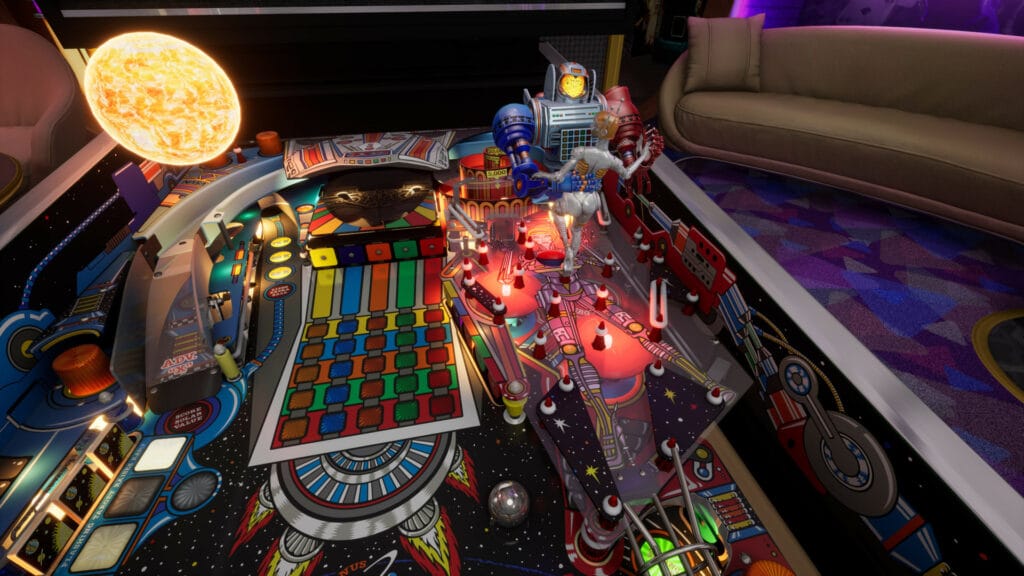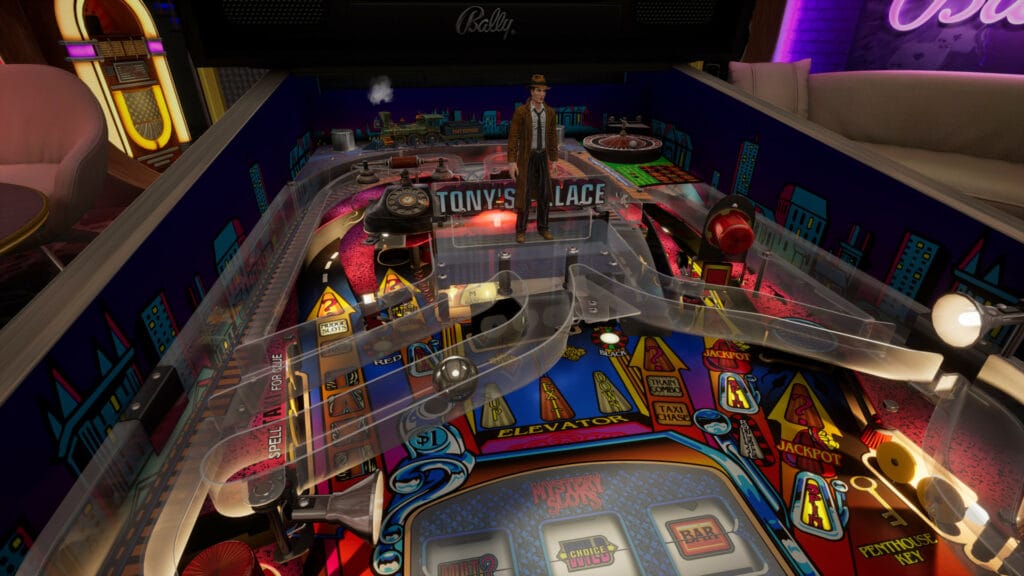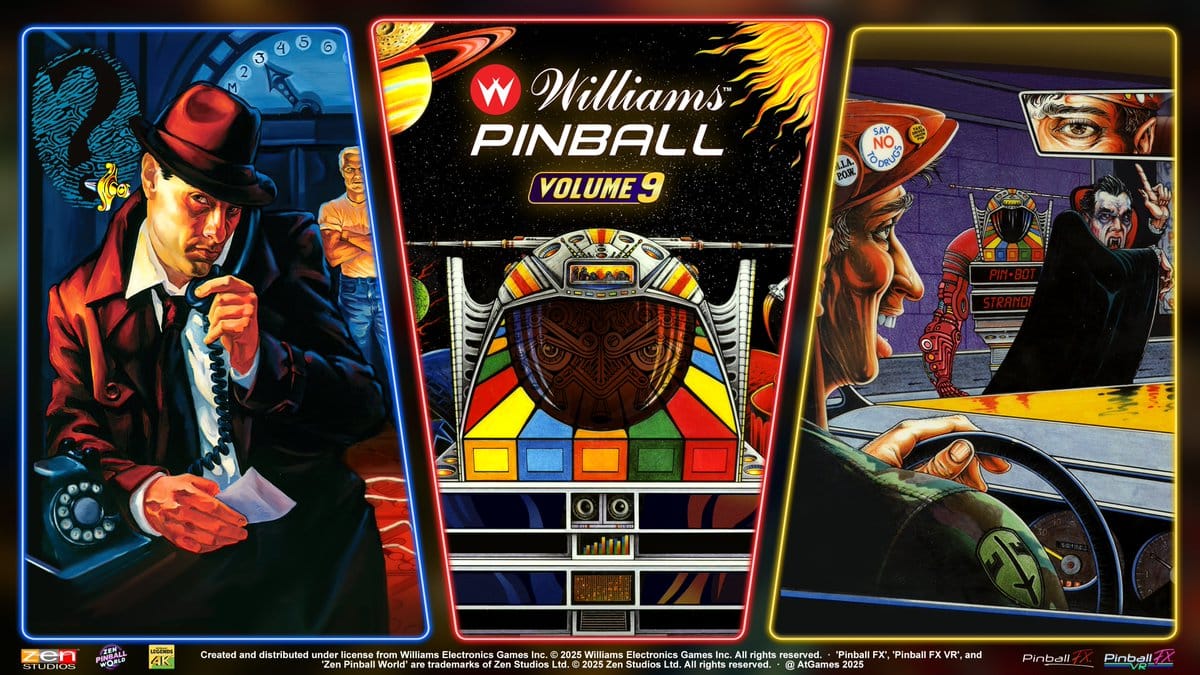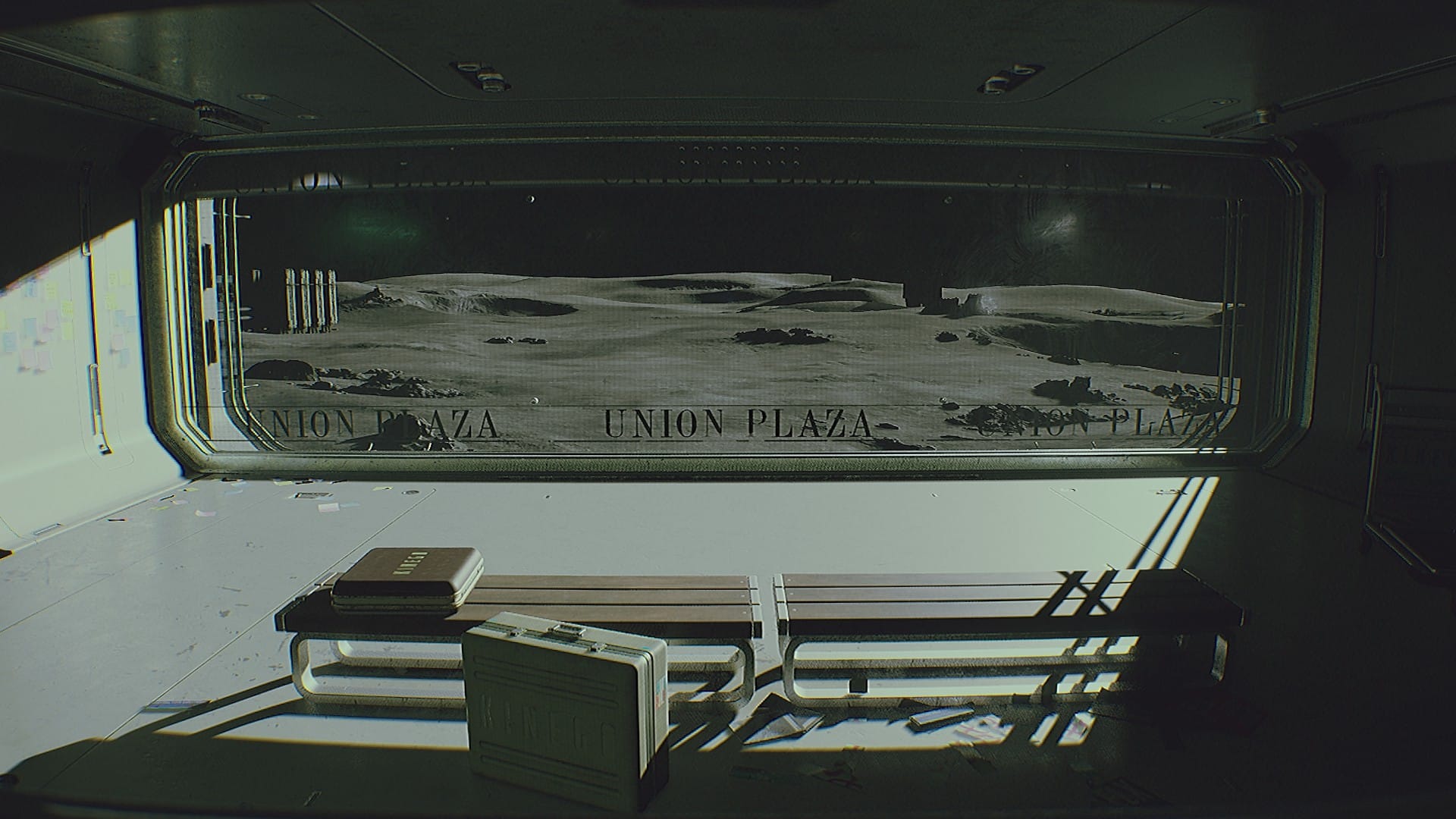It’s funny to think that for as much as I enjoy playing pinball how ridiculously bad I am at it. I’ve come to appreciate pinball for more than simply what’s at play whenever I sit down to try an emulated version via games like Pinball FX or try the actual physical thing, but what goes into creating a table for what’s otherwise a very controlled environment that is, rationally thinking about it, built to make you continually lose money.
So what makes a pinball table so enticing, enough to cause someone to keep pumping coins into it, or, in the case of Pinball FX, press ‘retry’ to have another go at it? If I had to put in a pin on it, I would tell you to look at the tables created by Williams. Among all the big pinball manufacturers throughout the medium’s colorful history, it’s the fabled Chicago-based company that comes up whenever I think of my favorite experiences playing pinball.
That’s mostly thanks to how much of their catalog is being made part of Pinball FX, the latest version of Zen Studios’ long-running pinball emulator. We’ve reached the 9th volume in what has been an incredibly well curated collection, one that has made me appreciate the creativity of Williams’ designers along the years even more, but this one in particular has me torn as to whether I love or hate it overall. That’s because it includes what has become one of the most fun designs I have played so far, but also an incredibly annoying one as a counter.

Williams Pinball Volume 9 brings forth three new tables to Pinball FX: Pin-Bot is the first of the aptly named ‘Pin-Bot’ trilogy, which saw a release in the previous compilation, with The Machine: Bride of Pin-Bot, and has yet to see its closer, Jack-Bot; Taxi, where you’re a taxi driver taking fares from extremely weird passengers, and to close it off, Who Dunnit, a machine that has you solving a mystery as you plink your way towards a high score. You won’t guess which one of those turned out to be my least liked table, trust me.
Pin-Bot is where Williams capitalized on the whole space craze of the 1980s, having you explore the solar system in the company of Pin-Bot, a self-aware robot who talks to you throughout the game, pushing you to take your ship to the farthest reaches of space, fairly well represented in the table through its enclosed playfield. Compared to what’s on offer when it comes to Williams, this is a relatively simpler one in terms of design, and it’s definitely the hardest out of the three included in Williams Pinball Volume 9.
Who Dunnit turned out to be the highlight, unexpectedly so. I say I wasn’t expecting it to grab me because I am generally so bad at playing more story-heavy pinball thanks to my very casual skills that don’t help getting me anywhere near the end of them. That’s totally irrelevant in this table’s case, where I had some of my longest-running games by far out of all Pinball FX, not to mention the ridiculously high scores. This one has it all, really, plenty of twists and turns, easy to follow objectives, and a storyline that anyone can get to the conclusion of.

While I wouldn’t call it bad, it’s the presentation that really bogged down Taxi for me. That’s probably due to the limited technology that Williams’ designers had at hand in 1988, but man, what an annoying table to play. The voice work sounds tinny and plays way too often, repeating lines to the point of having me want to turn the game off before I was even through a run. Objectives-wise, it takes you through town picking up all manner of passengers, including Gorbatchev, to their destinations, and as you succeed, upping the stakes.
If it weren’t for the absolutely horrible sound work in Taxi, I would’ve probably enjoyed it more, and no, I didn’t try turning it off because presentation is an integral part of the pinball experience, and if one part of it is bad, it messes up the entire thing. Surely, the play-by-play is good enough, I’ll admit, but it’s the constant assault of voices bugging me to no end that really killed this table for me. Not a huge deal all things considered, but it’s disappointing nonetheless to have such a dud in my collection.
Overall, Williams Pinball Volume 9 is decent enough, but it’s no standout among the company’s series of releases for Pinball FX. Taxi is a downright negative to what’s an otherwise okay selection of tables, one that includes a playfield I did not expect to enjoy so much, which is always fun to have, especially to someone like me, who has little to no nostalgia for them. Williams Pinball works well in that regard, as it slowly trickles out recreations of their old tables that are new to players like myself, making me anxious to see what Zen and Williams have in store for part 10.





